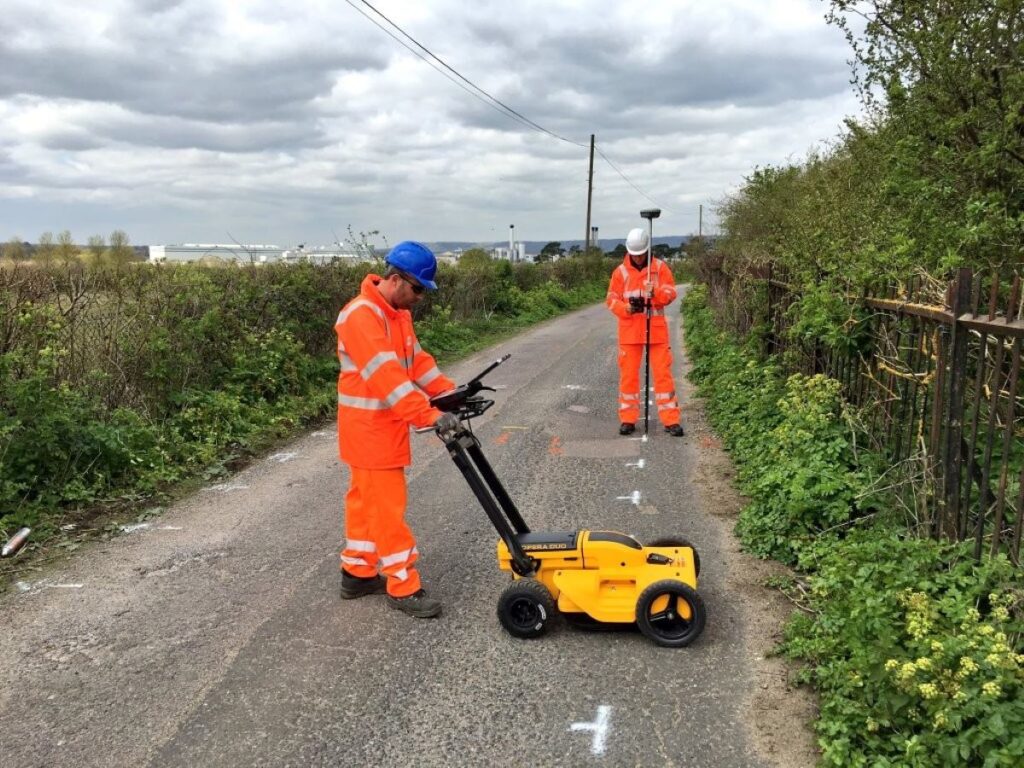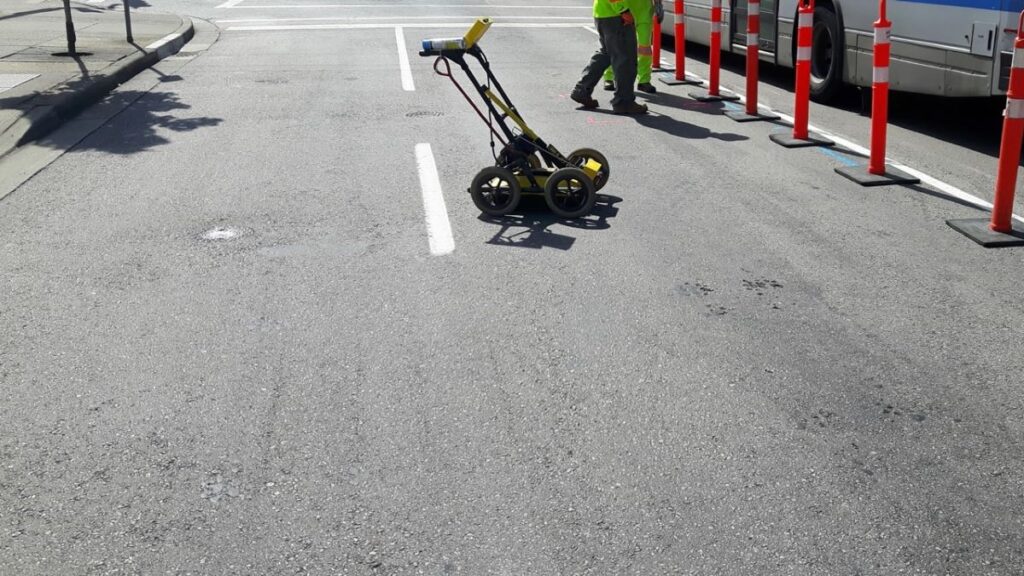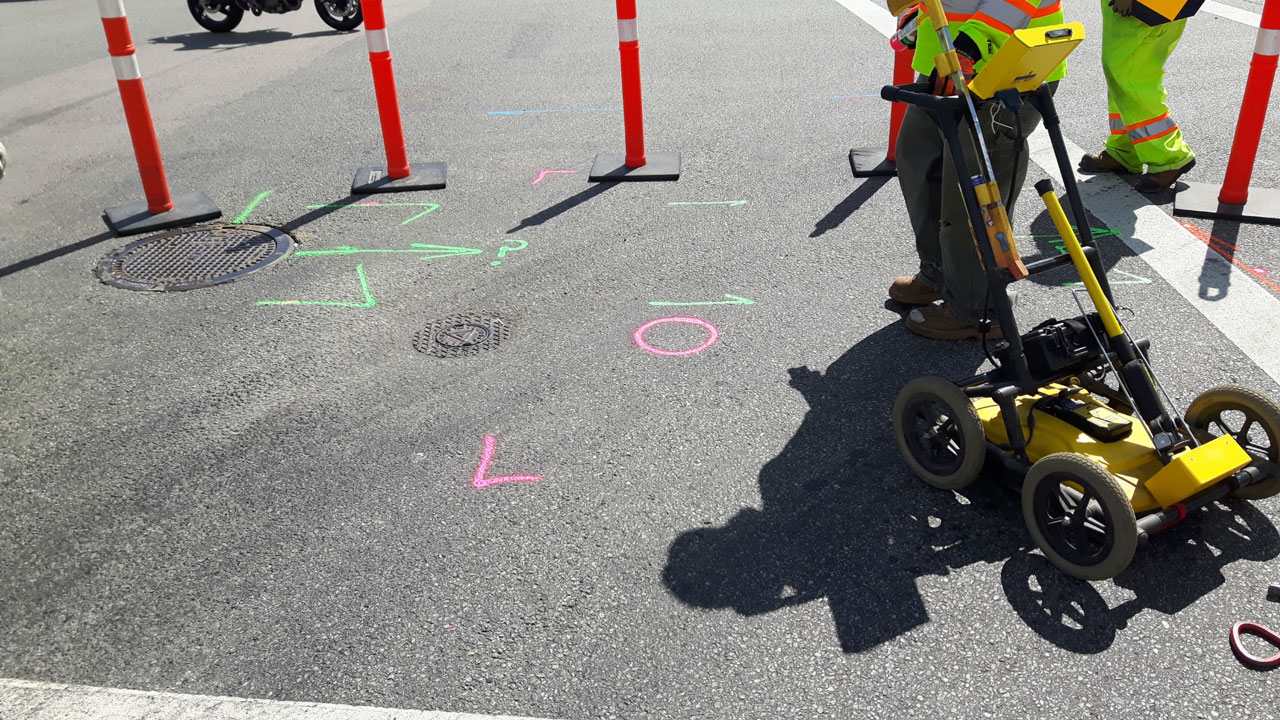In today’s world, the efficient management of water systems is crucial for maintaining public health and safety. One essential tool in this pursuit is the water pipe locator, which plays an instrumental role in identifying underground piping networks. This article will explore the significance, technology, processes, challenges, and future prospects of water pipe locators.
Understanding the Importance of Water Pipe Locators
Water pipe locators are vital for anyone involved in the maintenance and management of water infrastructure. Without these locators, the task of pinpointing the location of pipes buried beneath the surface becomes significantly more challenging, potentially leading to costly mistakes.
The Role of Water Pipe Locators in Infrastructure Management
The role of water pipe locator extends beyond mere detection; they facilitate better planning and execution of maintenance work. Utility companies rely on accurate pipe location to reduce the risk of damaging existing infrastructure during construction or repair activities.
Moreover, these tools aid in swiftly addressing leaks and preventing water loss. By identifying vulnerable areas within the pipeline network, companies can develop proactive maintenance strategies, ultimately extending the life of the system and ensuring optimal service delivery. In addition, the integration of water pipe locators with Geographic Information Systems (GIS) has revolutionised the way utilities manage their assets. This technology allows for the visualisation of pipe networks in real-time, enabling operators to make informed decisions based on comprehensive data analysis. As a result, the efficiency of water distribution systems is greatly enhanced, leading to improved customer satisfaction.
How Accuracy Impacts the Effectiveness of Water Pipe Locators
Accuracy is paramount when it comes to water pipe locators. If a locator provides inaccurate data, the consequences can be dire. Not only can it lead to unforeseen damages during excavation, but it can also compromise the integrity of the overall water delivery system.
Precision in pipe location ensures that necessary repairs are carried out efficiently, saving time and reducing labour costs. Therefore, investing in high-quality locators with advanced features can significantly enhance the accuracy and reliability of the process. Furthermore, the evolution of technology has introduced sophisticated features such as electromagnetic detection and ground-penetrating radar, which allow for even greater precision in locating pipes. These advancements mean that operators can now detect not just the location of pipes, but also their depth and material composition, which is crucial for planning repairs and upgrades. As the demand for sustainable water management practices continues to grow, the role of accurate water pipe locators becomes increasingly critical in safeguarding our vital water resources.
The Technology Behind Water Pipe Locators
Water pipe locators utilise various technologies to identify the location of underground pipes effectively. These technologies have evolved considerably over the years, contributing to more reliable results and easier usability for technicians.
The Science of Detecting Underground Pipes
At the core of most water pipe locators is electromagnetic induction. This method works by creating a magnetic field around the pipe, which then enables the locator device to track its path. Depending on the type of pipes and their materials, different frequencies might be employed to optimise detection.
Additionally, ground-penetrating radar (GPR) is increasingly being used, particularly in complex environments where traditional electromagnetic methods may fall short. GPR allows users to visualise both metallic and non-metallic structures beneath the ground, providing a comprehensive understanding of the subsurface infrastructure.
Advancements in Water Pipe Locator Technology
Recent advancements in technology have led to the development of GPS-enabled water pipe locators that provide real-time data on the location and depth of pipes. This not only enhances productivity but also allows for seamless integration with other geospatial technologies.
Furthermore, advancements in software applications have simplified data analysis, making it easier for technicians to interpret and utilise the information collected effectively. These innovations signify a promising future for water pipe locating technology.
The Process of Using a Water Pipe Locator
Using a water pipe locator may seem straightforward, but there are key steps involved to ensure effective results. Familiarity with the equipment and proper preparation are paramount to a successful location survey.

Preparing for a Water Pipe Location Survey
Before commencing a survey, it’s important to gather all necessary information. This may include maps of the infrastructure, any previous surveys, and details regarding surrounding utilities. Preparation also entails selecting the appropriate locator for the job based on the pipe materials and the specific environment.
Once on-site, technicians must conduct a visual inspection of the area, ensuring there are no immediate hazards that could obstruct the detection process. The correct set-up of the locator is crucial for accurate readings.
Interpreting the Results from a Water Pipe Locator
After surveying, interpreting the results requires a keen understanding of the locator’s outputs. Experienced technicians can distinguish between different signals, identifying not only the pipe locations but also the potential issues that may need addressing.
Utilising software tools to document findings helps in creating a comprehensive report. This documentation is essential for future reference and aids in maintaining a well-managed water infrastructure.
Challenges and Solutions in Water Pipe Location
While water pipe locators play a crucial role in managing infrastructure, they are not without challenges. Various factors can hinder the effective identification of underground pipes.
Common Obstacles in Identifying Underground Pipes
One of the primary challenges is the presence of other utilities competing for space underground. Overlapping infrastructure can confuse the signals detected by locators, leading to inaccuracies.
Additionally, changes in soil composition, environmental conditions, and the depth at which pipes are buried can complicate detection efforts. These obstacles necessitate an adaptable and informed approach when using locators.
Innovative Solutions for Accurate Pipe Location
Addressing these challenges has driven innovation within the industry. Combining different technologies, such as electromagnetic methods with GPR, has proven effective in discerning complex underground environments.
Moreover, training and experience are critical. Continuous professional development ensures that technicians remain skilled in interpreting data and managing unique challenges.
The Future of Water Pipe Location Technology
The future of water pipe locators promises exciting developments that could redefine infrastructure management. Predictions indicate significant advancements in accuracy and efficiency.

Predicted Advancements in Pipe Location Accuracy
With the integration of artificial intelligence and machine learning, upcoming generations of water pipe locators are expected to offer unparalleled accuracy. These technologies will enable the systems to learn from past surveys, improving their detection capabilities over time.
Additionally, enhancing connectivity features may allow for immediate sharing of data with other infrastructure management systems, streamlining the processes involved in water management. CheckOut more about Underground Locating Service: Precision Mapping for Your Project
The Potential Impact of These Advancements on Infrastructure Management
The positive impacts of these technological advancements on infrastructure management are promising. More accurate and reliable data will lead to better decision-making regarding maintenance and repairs. Ultimately, this can prolong the lifespan of water systems, reduce costs, and improve service reliability for communities.
As we look to the future, the role of water pipe locators in maintaining robust infrastructure will only grow more significant.


